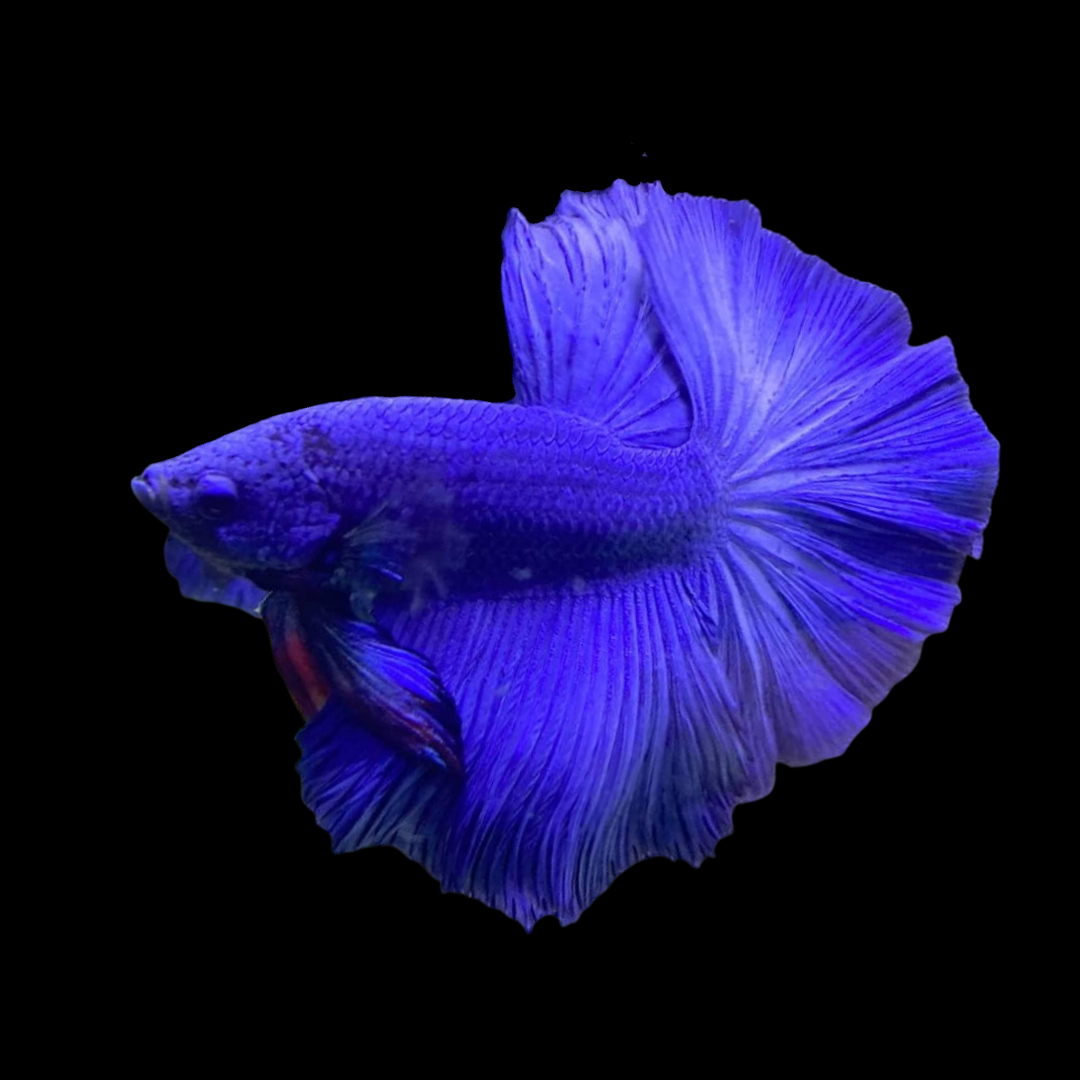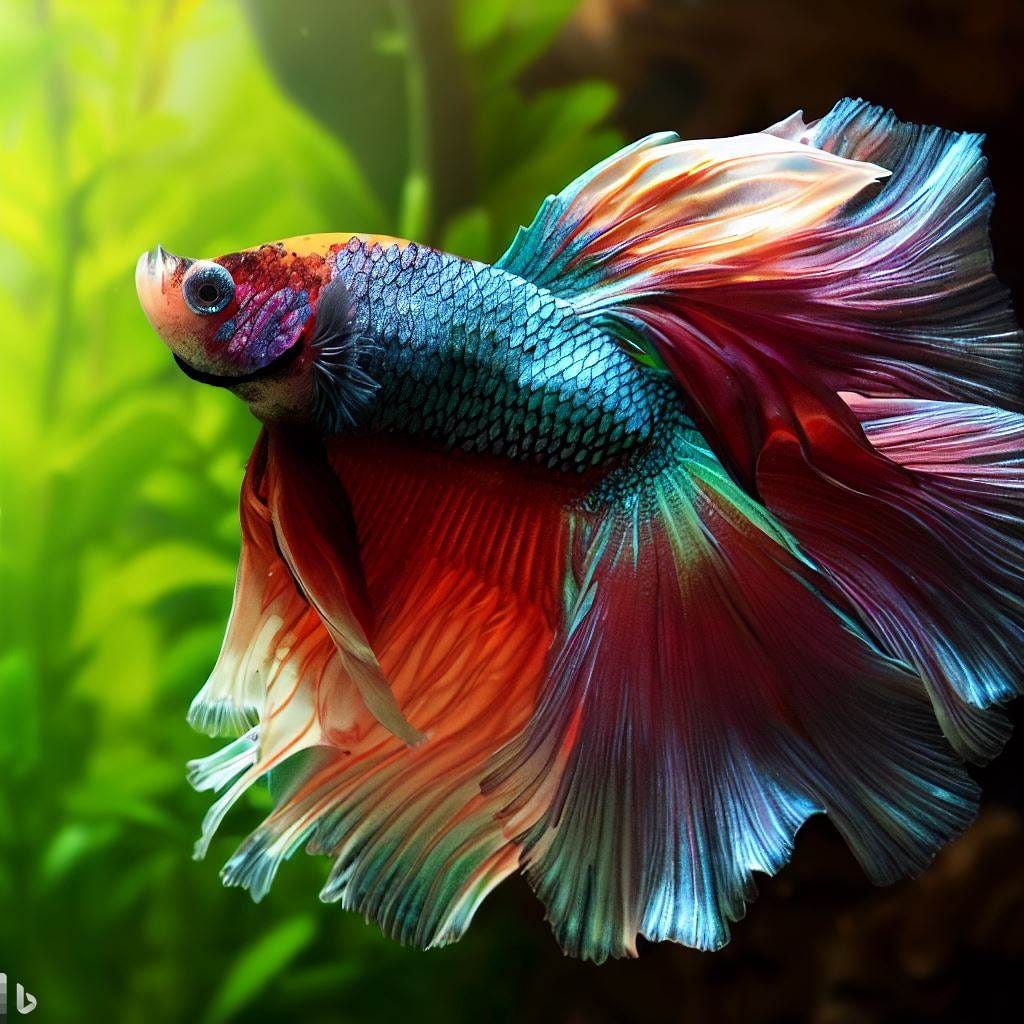Usual Betta Fish Diseases and How to avoid Them
Usual Betta Fish Diseases and How to avoid Them
Blog Article
How to Breed Betta Fish Effectively: Specialist Methods and Insights for Hobbyists Wanting To Increase Their Betta Collection
Breeding Betta fish calls for a nuanced understanding of genes and ecological conditions, making it important for enthusiasts to approach the process with both diligence and care. Producing an optimal reproduction atmosphere, picking the ideal sets, and observing the details of their courtship actions are fundamental actions that can substantially affect the outcome. The succeeding care of the fry is vital for ensuring their healthy growth. As we check out these vital components, it comes to be clear that successful reproduction is not practically the preliminary pairing however incorporates a more comprehensive strategy that advantages mindful factor to consider.
Comprehending Betta Fish Genes
Recognizing the genes of Betta fish is critical for successful breeding, as it influences characteristics such as shade, fin form, and actions. Betta fish exhibit a diverse array of shades and patterns, largely figured out by their hereditary makeup.
Along with pigmentation, fin morphology is one more significant facet of Betta genes (betta fish). The form and dimension of fins are influenced by different genes, including those that determine whether the fins are short, long, or veil-shaped. Comprehending these hereditary variations helps dog breeders predict the phenotypic end results of their offspring
Moreover, behavioral traits such as aggressiveness and territoriality can likewise be influenced by genetics. These habits play a vital function in the breeding procedure, as they can affect spawning success and the total temperament of the resulting fry. By adequately understanding these hereditary concepts, breeders can make enlightened choices, ultimately improving their breeding programs and accomplishing preferable results.
Preparing the Reproduction Setting
Developing an optimum reproduction setting is crucial for the effective reproduction of Betta fish. The initial action in preparing this environment is to select a proper breeding tank, preferably ranging from 5 to 10 gallons. This size allows for sufficient swimming space and the establishment of territories. The storage tank ought to be furnished with a heater to keep a stable temperature level in between 78 ° F and 80 ° F, which is essential for encouraging spawning actions.
Following, consider the use of a sponge filter or an air stone to give gentle water blood circulation without developing solid currents that can emphasize the fish. It is important to mount plants or reproducing cones to provide hiding spots and advertise comfort for the woman throughout the spawning procedure. Floating plants, such as Java moss or water sprite, can additionally create an extra natural surroundings while assisting in bubble nest structure by the male.
Before presenting the breeding sets, ensure the water is conditioned and complimentary from damaging chemicals, such as chlorine or heavy steels. betta fish. Routine water modifications should be performed to keep optimal water top quality, enhancing the opportunities of successful breeding. With these preparations in position, the reproducing environment will support the wellness and health of both Betta fish
Picking Reproduction Pairs
Selecting the right reproduction sets is important for attaining effective Betta fish reproduction. When selecting your reproduction sets, think about numerous key factors including health, personality, and genes. Healthy and balanced Betta fish show lively colors, clear eyes, and active top article habits. Selecting fish that are without condition makes certain a much better opportunity of creating sensible children.
Character is an additional crucial factor to consider, as Betta fish are known for their hostile nature. It is a good idea to choose a male and female that exhibit compatible characters to decrease tension during the breeding process. A tranquil male can motivate a smoother courtship, while a woman that is as well aggressive may disrupt the procedure.
Hereditary history additionally plays a significant function in the top quality of the children. Breeding fish that are genetically diverse can lower the danger of hereditary wellness issues and enhance the general vitality of the fry. It is advantageous to research the family tree of both the male and female, concentrating on desirable qualities such as fin type, color patterns, and size.
The Reproduction Refine
The breeding process of Betta fish requires cautious planning and interest to detail to ensure a successful end result. At first, it is important to prepare an appropriate breeding storage tank, preferably a 5-10 gallon fish tank with a temperature maintained at 78-80 ° F. The storage tank ought to be equipped with a heater, filter (ideally sponge kind to stay clear of solid currents), and lots of aquatic plants for the lady to conceal.
Once the setting is visit here set, present the chosen reproducing set to the container, enabling them to adapt. Observe their habits; the man will certainly display sophisticated courtship rituals, consisting of flaring his fins and building a bubble nest. If the female shows interest, she will certainly display vertical stripes indicating preparedness for spawning.
When the female is responsive, the set will certainly engage in a mating accept, throughout which the male feeds the eggs. Maintaining optimum water conditions during this period is crucial for the development of healthy and balanced Betta fry.
Taking Care Of Betta Fry

Feeding Betta fry is essential, as they require a diet plan high in healthy protein. At first, they can be fed infusoria or liquid fry food, transitioning to carefully smashed top quality pellets as they grow. Feed tiny parts numerous times a day to motivate healthy and balanced growth without overwhelming the container with leftover food.

As they mature, check their growth carefully and divide any kind of hostile individuals to avoid harm. By giving a supporting atmosphere and proper nourishment, enthusiasts can effectively see this increase Betta fry right into dynamic, healthy and balanced fish, eventually boosting their breeding undertakings.
Final Thought
Successful Betta fish reproduction needs thorough attention to genetic option, environmental problems, and treatment for the fry. By recognizing the genetics of Betta fish and preparing a suitable breeding setting, enthusiasts can enhance the possibilities of creating vibrant, healthy offspring.
Report this page